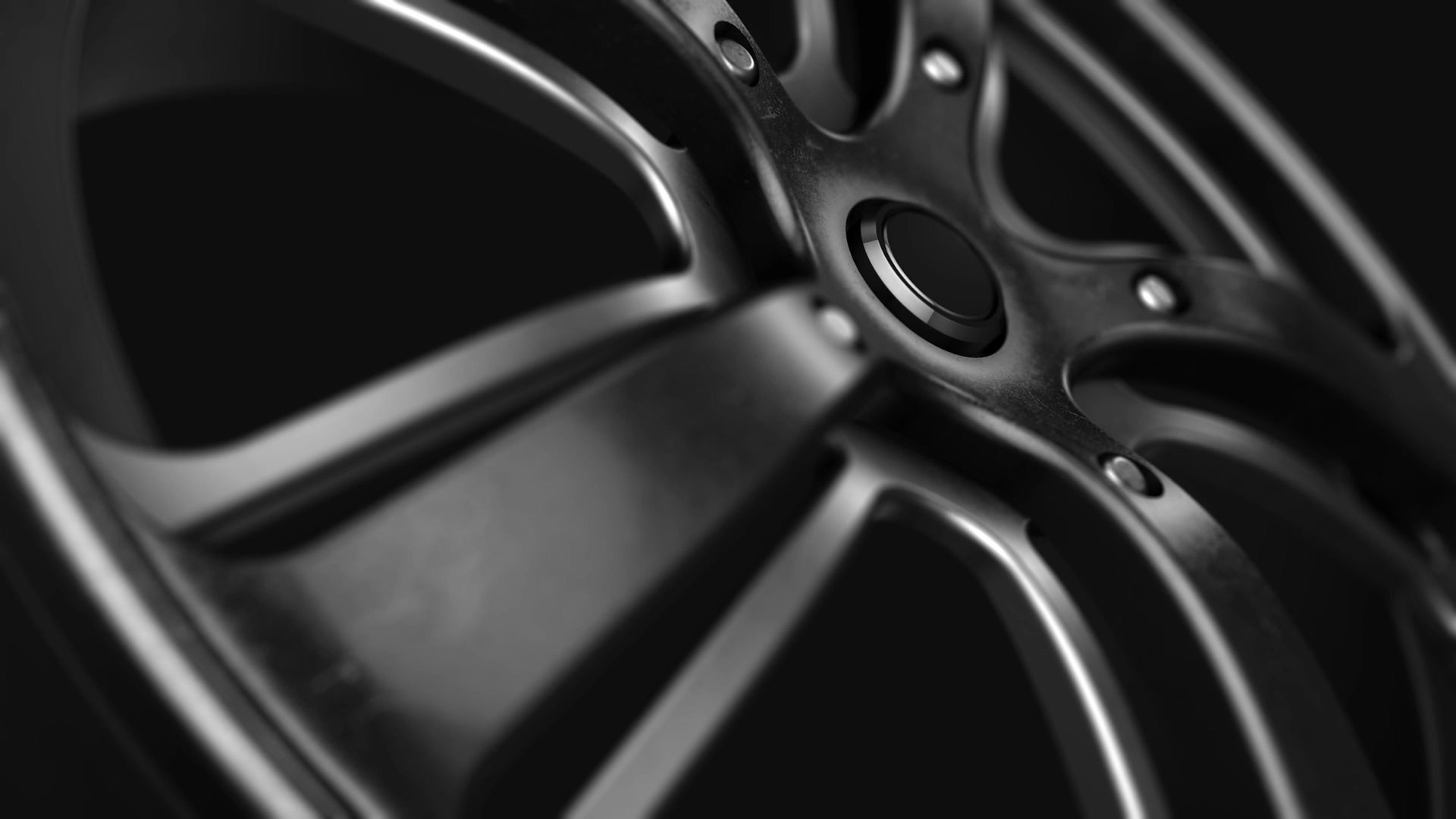The international cooperation trend in the tire balancing machine industry
- enze6799
- Oct 17
- 3 min read
International Collaboration Trends in the Tire Balancing Machine Industry
Global Supply Chain Integration and Technology Transfer
The tire balancing machine industry has witnessed a surge in cross-border partnerships aimed at optimizing supply chains and accelerating technological adoption. Emerging markets in Southeast Asia and Latin America, such as Indonesia and Mexico, have become focal points for collaboration. For instance, Chinese manufacturers are establishing regional production hubs in these areas to reduce logistics costs and comply with local trade regulations. This localization strategy is complemented by technology transfers, where advanced dynamic balancing algorithms and sensor integration techniques are shared with overseas partners.
European and North American firms, meanwhile, are focusing on joint R&D initiatives to meet stringent environmental standards. Collaborations often revolve around developing low-energy-consumption machines and recyclable materials for component manufacturing. A notable example is the integration of IoT-enabled diagnostic systems, which originated in German engineering centers and are now being adapted for mass production in Indian facilities through shared IP frameworks.
Standards Harmonization and Regulatory Alignment
International cooperation in the tire balancing machine sector is increasingly driven by the need to align with global safety and quality benchmarks. The ISO 21940-11:2017 standard, which classifies balancing precision into 10 grades (G0.4 to G40), has become a reference point for multinational agreements. Companies operating in the EU, U.S., and China are now designing products that comply with both ASE (Automotive Service Excellence) temperature stability requirements and China’s GB/T 13552-2023 mandates, including 5G communication module certifications.
Regulatory convergence is also evident in emissions-related collaborations. Manufacturers from Japan and South Korea are partnering with European firms to develop machines that meet the EU’s CE certification energy efficiency rules, which mandate待机功耗低于15W. These efforts are supported by shared testing protocols and mutual recognition agreements, reducing time-to-market for new products.
Joint Innovation in Emerging Application Fields
The rise of electric vehicles (EVs) and autonomous driving technologies has spurred collaborative R&D in specialized tire balancing solutions. For example, companies in the U.S. and China are co-developing machines tailored for EV wheel designs, such as airless tires and integrated motor wheels. These partnerships leverage AI-driven predictive maintenance algorithms, which analyze balancing data to forecast equipment failures—a capability first commercialized in Silicon Valley and now being adapted for global markets.
Another area of joint innovation is in aerospace tire balancing. Firms from France, the U.K., and China are collaborating on ultra-precise machines for aircraft wheels, addressing challenges like high-speed rotation stability and material fatigue. These projects often involve shared access to wind tunnel facilities and joint patent filings, reflecting a shift toward pre-competitive research consortia.
Talent Development and Knowledge Sharing Networks
International collaboration extends beyond products to workforce development. German vocational training models are being adopted in Indian and Brazilian manufacturing plants through twinning programs, ensuring local technicians master advanced balancing techniques. Similarly, Chinese universities are partnering with U.S. institutions to offer specialized courses in mechatronics, feeding a pipeline of engineers skilled in both hardware design and software calibration.
Knowledge-sharing platforms are also proliferating. The Global Tire Balancing Machine Consortium, formed by industry leaders from 15 countries, hosts annual symposia on topics like laser-guided measurement systems and frictionless bearing technologies. These events facilitate open-access research publications and standardize best practices for quality control across regions.
Sustainability-Driven Partnerships
As environmental regulations tighten, sustainability has become a key driver of international cooperation. Scandinavian firms are leading initiatives to replace traditional steel components with carbon fiber composites, a material whose production know-how is being transferred to Asian manufacturers via joint ventures. Additionally, companies in the Netherlands and Australia are collaborating on circular economy models, where end-of-life balancing machines are refurbished or recycled into automotive parts.
Energy efficiency is another collaborative frontier. U.S.-based startups are licensing permanent magnet motor technologies to Japanese and Korean partners, enabling the production of machines that consume 20% less power than conventional models. These partnerships are often structured around carbon credit trading schemes, aligning financial incentives with ecological goals.
The tire balancing machine industry’s international collaboration landscape is evolving toward deeper integration across supply chains, standards, and innovation ecosystems. By leveraging regional strengths—from Germany’s engineering precision to China’s manufacturing scale—firms are collectively addressing challenges like EV compatibility, sustainability, and workforce readiness. This trend underscores a broader shift in the global automotive sector, where competitive advantage increasingly hinges on cross-border synergies rather than isolated capabilities.





Comments